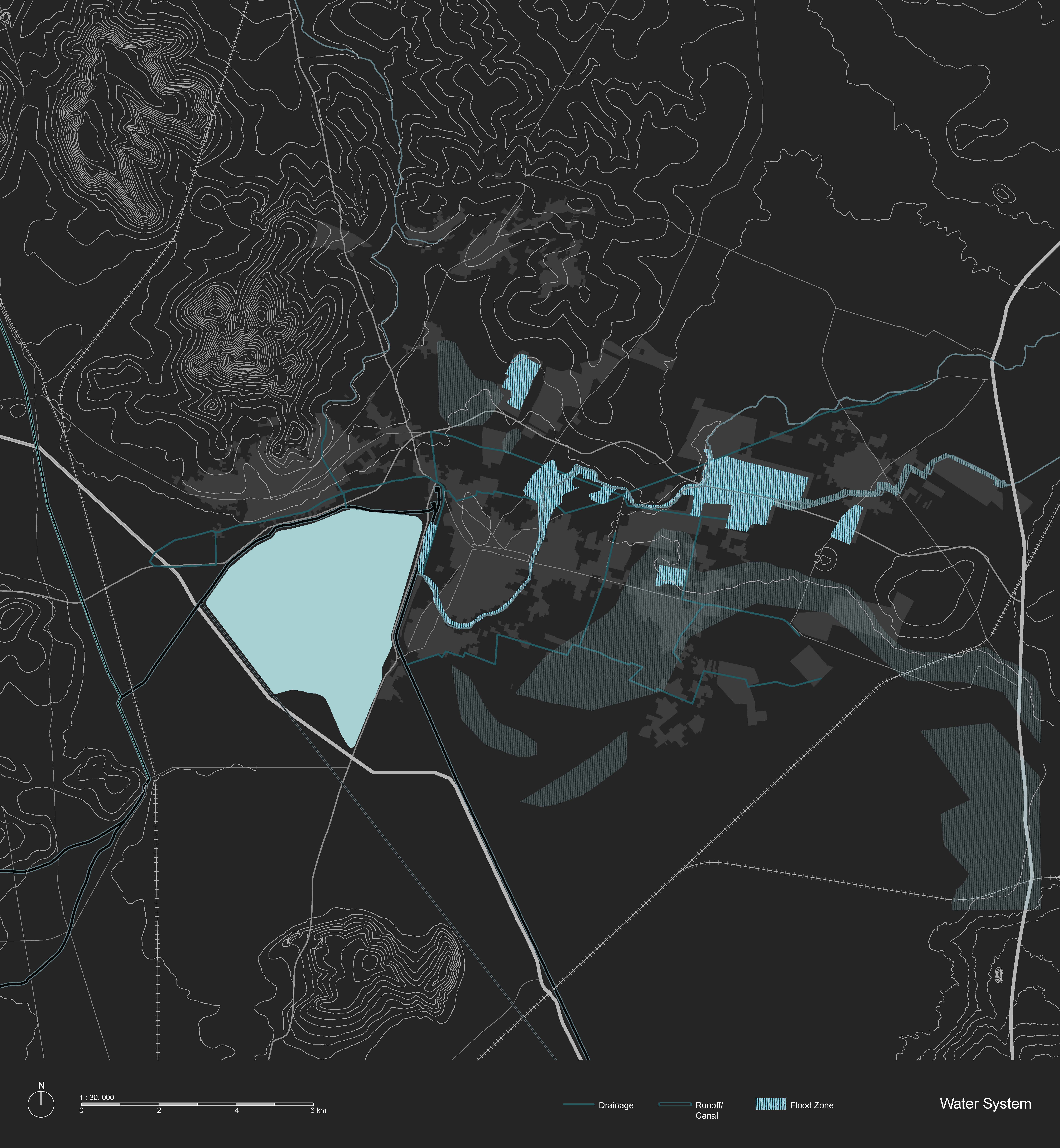Communal Lands of Mexico City
Mexico
2016-06

Mexico’s ambitious housing policy to provide affordable housing to all has led to the construction of ex-urban housing estates outside of Mexico City, which have gradually been abandoned. This research, as part of a partnership with INFONAVIT aimed to generate novel housing, infrastructural and settlement forms in the valley of Zumpango, north of Mexico City.
After the Mexican Revolution of 1910 the Mexican federal government created a communal resource-holding institution, the ejido, to redress long-standing land-tenure inequality. Between the 1930s and the late 1970s, half of Mexico's entire surface became ejido lands. Although the 1992-1993 reforms to the Mexican Constitution prohibited any future expansion of communal lands and allowed privatization of communal resources, privatization schemes have slowly transformed communal ejidos to large housing estates in rural areas outside of Mexico City.
1. Using open data sources overlaid with agricultural census data, the maps shows remaining ejidos (communal lands) and agricultural areas in the Valley of Mexico, north of Mexico City 2. Water system in Zumpango region
After the Mexican Revolution of 1910 the Mexican federal government created a communal resource-holding institution, the ejido, to redress long-standing land-tenure inequality. Between the 1930s and the late 1970s, half of Mexico's entire surface became ejido lands. Although the 1992-1993 reforms to the Mexican Constitution prohibited any future expansion of communal lands and allowed privatization of communal resources, privatization schemes have slowly transformed communal ejidos to large housing estates in rural areas outside of Mexico City.
1. Using open data sources overlaid with agricultural census data, the maps shows remaining ejidos (communal lands) and agricultural areas in the Valley of Mexico, north of Mexico City 2. Water system in Zumpango region